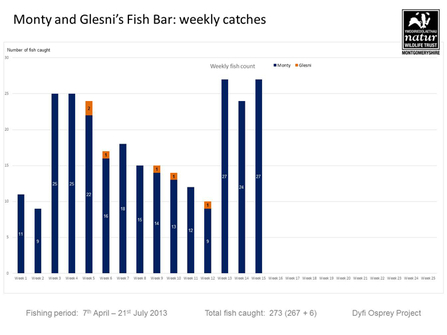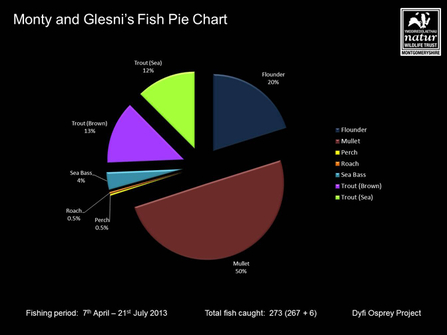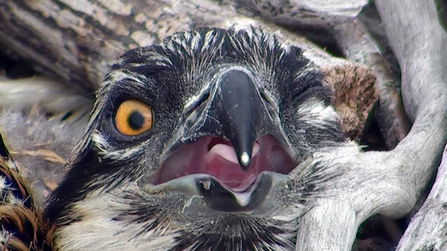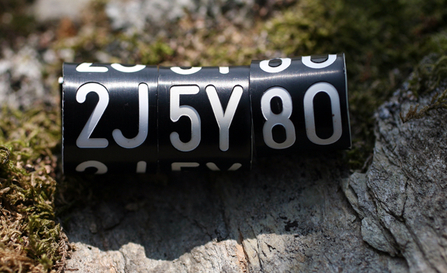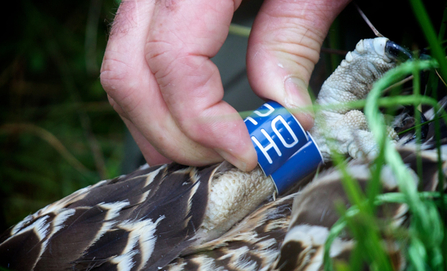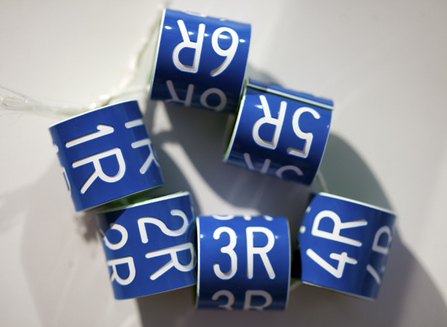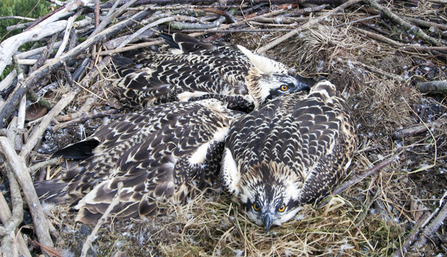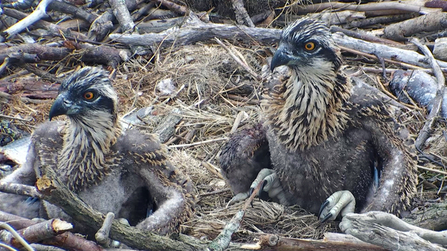At 3½ weeks old both the osprey chicks are doing fantastically well. It hasn't rained on the Dyfi in July yet and that has meant good fishing weather for Monty and in turn plenty of fish for the growing youngsters. (Update: it's starting to rain for the first time at 11:02, July 24th!!)
The growth spurt at this age is incredible. Have a look at the two videos below (choose HD for best resolution). They are taken exactly one week apart when the ospreys were around two weeks old and three weeks old.
Two weeks of age

